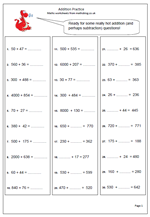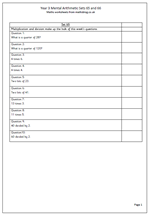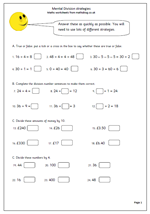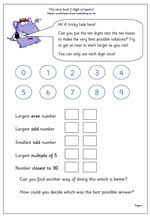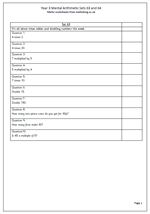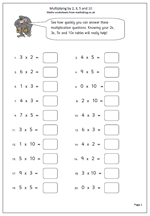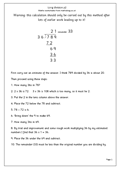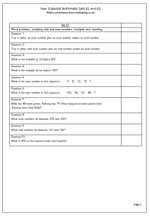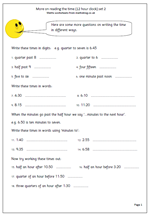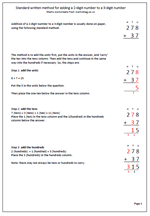 Addition of a 2-digit number to a 3-digit number is usually done on paper, using the following standard method:
Addition of a 2-digit number to a 3-digit number is usually done on paper, using the following standard method:
The method is to add the units first, put the units in the answer, and ‘carry’ the ten into the tens column. Then add the tens and continue in the same way into the hundreds if necessary. So, looking at the addition 278 +37
Step 1: add the units
8 + 7 = 15
Put the 5 in the units below the question.
Then place the one ten below the answer in the tens column.
Step 2: add the tens
7 (tens) + 3 (tens) + 1 (ten) = 11 (tens)
Place the 1 (ten) in the tens column and the 1(hundred) in the hundreds
column below the answer.
Step 3: add the hundreds
2 (hundreds) + 1 (hundred) = 3 (hundreds)
Place the 3 (hundreds) in the hundreds column.
Note: there may not always be tens or hundreds to carry.
This type of question is good for children who are not confident with the standard written method of addition.
Standard addition of 2-digits to 3-digits
